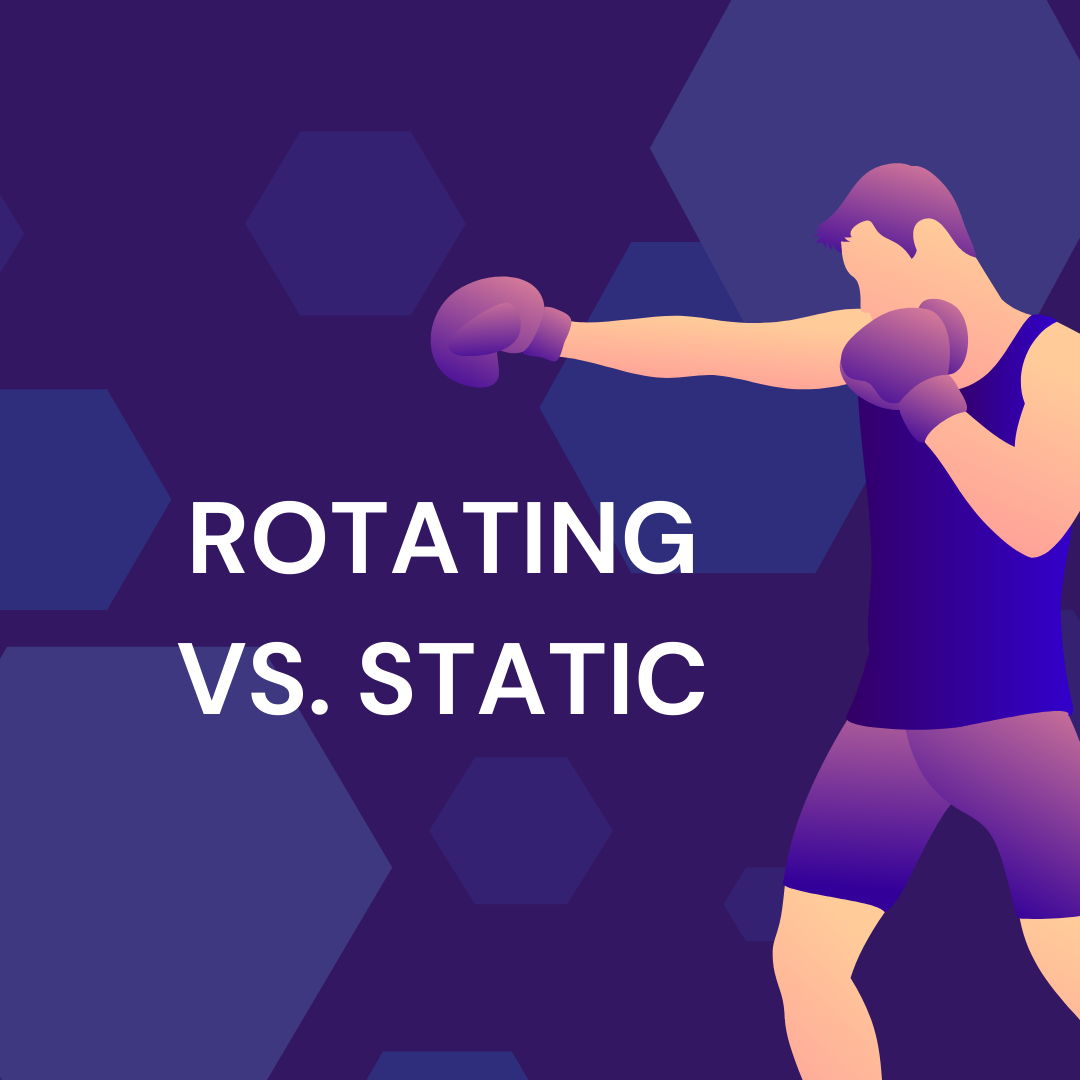You know that you need proxies, but what are sticky proxies and rotating sessions? We are not talking about static (proxies that do not change.) versus dynamic nodes. In this guide, we at ProxyEmpire are going to walk you through the differences between having a sticky session versus setting a rotation.
First, let’s examine what sticky means.
For residential and mobile proxies to be sticky it means that you can use them up until the session is canceled without a forced rotation. For our network, a single node can last up to 60 minutes before it rotates with the average session time being 15 minutes.
All of our proxies come sticky and it enables people to have a longer session length which is good for most use cases. For example, if you are using proxies for account creation you will find the longer session length to be an asset that you can leverage.
Oftentimes people new to residential and mobile proxies confuse static proxies with sticky sessions. A static proxy is a proxy that never changes. The nature of residential proxies does not allow for them to be static since the sessions are derived from real users.
How & When To Set Rotating Sessions
Rotation simply means that a session is ended and a new one begins with a brand-new node. For some use cases such as web scraping, it is advantageous to set a rotation time that works well with the scraper. For example, if you set the rotation time to five minutes you would receive a new connection after the five-minute mark is complete.
All true rotating residential and mobile proxies are dynamic meaning they are in flux and are prone to change. A client may choose a rotation time based on their software’s stack or the industry’s demand. In each region, you can have up to 1000 concurrent connections that can be set to rotate.
Considering in countries like the United States we have over 700,000 nodes, that is a massive amount of capability that most use cases would never come close to maxing out.
A session with a single node is determined by the user in which it is derived. True residential and mobile proxies are procured from software agreements that allow legal access to data networks and the activity of those devices determines session length.
That is why we say but if a company is offering static residential or mobile proxies, they do not have a real network but rather a small operation with hardware sitting in a location. All proxies coming from real users will eventually rotate.
Forcing Rotation With ProxyEmpire
Clients who wish to force the rotation of their sessions can choose between as little as one minute up to the 60 minutes max. Keep in mind that the average session length is around 15 minutes depending on the region you are targeting.
This can simply be achieved by contacting us through our live chat support or creating a ticket. Then we will proceed in the backend to fix your rotation times to your desired length. In the future, we plan to have it where you can set the rotation times yourself from our intuitive dashboard.
When that happens, we will update this guide and let you know.
Forcing Rotation With ProxyEmpire
True residential and mobile proxy infostructure allows for sticky sessions that eventually rotate and in some use cases rotation times can be forced. For account creation and payment modules, sticky sessions work great, but for other use cases faster rotation is preferred.
At ProxyEmpire we provide both and guide you step by step ensuring your success. So go ahead and give our proxies a whirl with a trial.




















